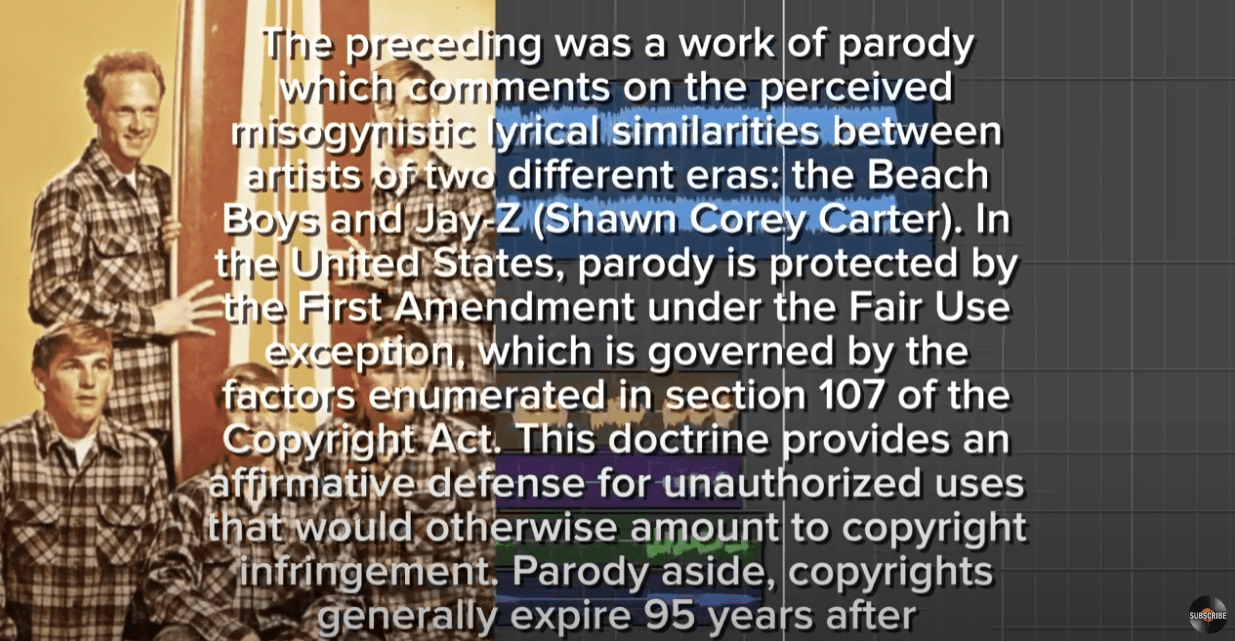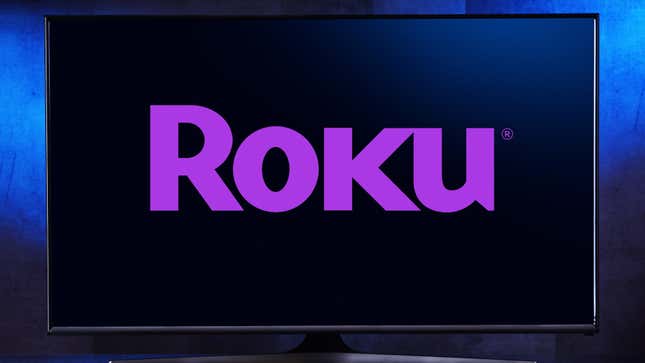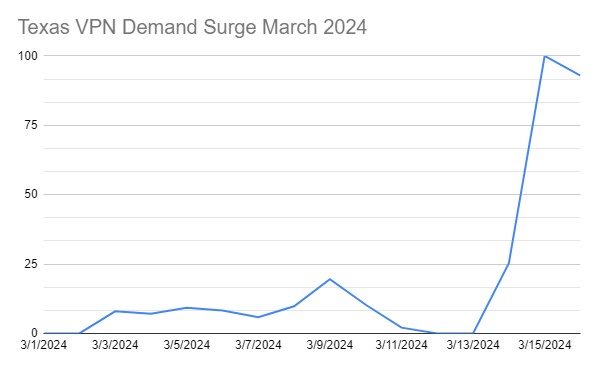
A study has concluded that Apple’s privacy practices aren’t particularly effective, because default apps on the iPhone and Mac have limited privacy settings and confusing configuration options.
The research was conducted by Amel Bourdoucen and Janne Lindqvist of Aalto University in Finland. The pair noted that while many studies had examined privacy issues with third-party apps for Apple devices, very little literature investigates the issue in first-party apps – like Safari and Siri.
The aims of the study [PDF] were to investigate how much data Apple’s own apps collect and where it’s sent, and to see if users could figure out how to navigate the landscape of Apple’s privacy settings.
[…]
“Our work shows that users may disable default apps, only to discover later that the settings do not match their initial preference,” the paper states.
“Our results demonstrate users are not correctly able to configure the desired privacy settings of default apps. In addition, we discovered that some default app configurations can even reduce trust in family relationships.”
The researchers criticize data collection by Apple apps like Safari and Siri, where that data is sent, how users can (and can’t) disable that data tracking, and how Apple presents privacy options to users.
The paper illustrates these issues in a discussion of Apple’s Siri voice assistant. While users can ostensibly choose not to enable Siri in the initial setup on macOS-powered devices, it still collects data from other apps to provide suggestions. To fully disable Siri, Apple users must find privacy-related options across five different submenus in the Settings app.
Apple’s own documentation for how its privacy settings work isn’t good either. It doesn’t mention every privacy option, explain what is done with user data, or highlight whether settings are enabled or disabled. Also, it’s written in legalese, which almost guarantees no normal user will ever read it.
[…]
The authors also conducted a survey of Apple users and quizzed them on whether they really understood how privacy options worked on iOS and macOS, and what apps were doing with their data.
While the survey was very small – it covered just 15 respondents – the results indicated that Apple’s privacy settings could be hard to navigate.
Eleven of the surveyed users were well aware about data tracking and that it was mostly on by default. However, when informed about how privacy options work in iOS and macOS, nine of the surveyed users were surprised about the scope of data collection.
[…]
Users were also tested on their knowledge of privacy settings for eight default apps – including Siri, Family Sharing, Safari, and iMessage. According to the study, none could confidently figure out how to work their way around the Settings menu to completely disable default apps. When confused, users relied on searching the internet for answers, rather than Apple’s privacy documentation.
[…]
Assuming Apple has any interest in fixing these shortcomings, the team made a few suggestions. Since many users first went to operating system settings instead of app-specific settings when attempting to disable data tracking, a change could assist users. Centralizing these options would also prevent users from getting frustrated and giving up on finding the settings they’re looking for.
Informing users what specific settings do would also be an improvement – many settings are labelled with just a name, but no further details. The researchers suggest replacing Apple’s jargon-filled privacy policy with descriptions that are in the settings menu itself, and maybe even providing some infographic illustrations as well. Anything would be better than legalese.
While this study probably won’t convince Apple to change its ways, lawsuits might have better luck. Apple has been sued multiple times for not transparently disclosing its data tracking. One of the latest suits calls out Apple’s broken promises about privacy, claiming that “Apple does not honor users’ requests to restrict data sharing.”
[…]
Reminder: Apple has a multi-billion-dollar online ads business that it built while strongly criticizing Facebook and others for their privacy practices.











